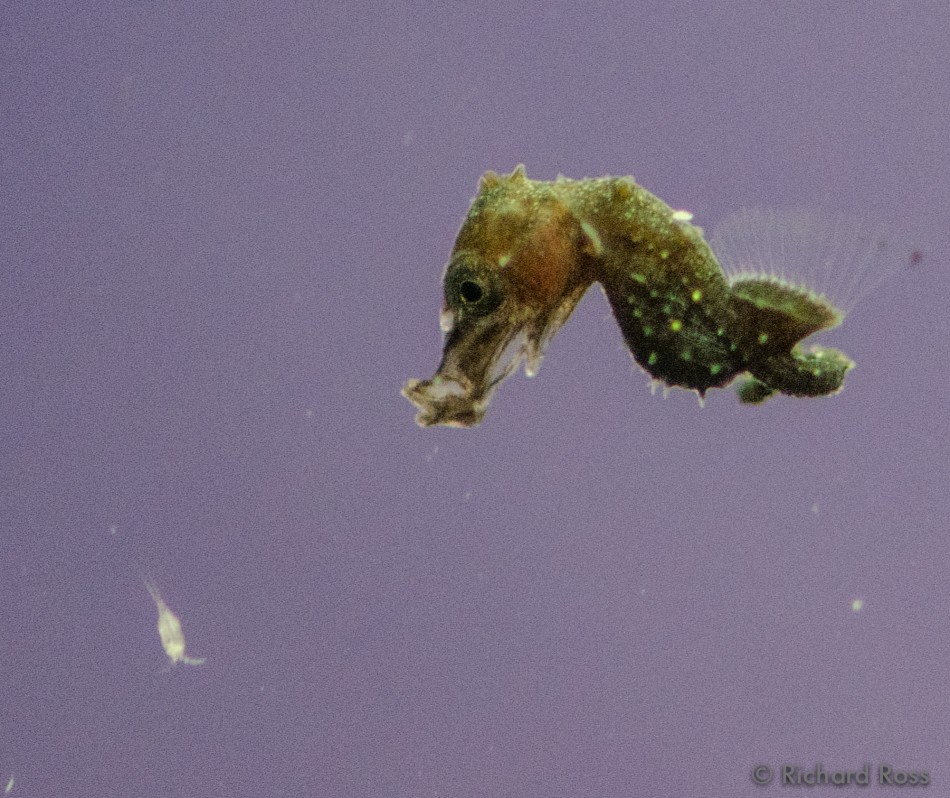Coral are in serious trouble. This lab could help save them
From Wired by Matt Simon
CORALS ARE IN SERIOUS TROUBLE. THIS LAB COULD HELP SAVE THEM
(Local copy of the video available here)
Nestled among giant fish tanks at the California Academy of Sciences, there’s a black box—just big enough to hold six aquariums and maybe five humans. What it lacks in size, though, it makes up for in preciousness: Running here is a experiment that could help save corals from annihilation.
The corals in these tanks are reproducing sexually. Which is weird, because even out in the wild, coral spawning is a fragile process, easily disrupted by changes in temperature and acidity. Reproduction has to be precisely timed with the phases of the moon, and it occurs just once a year, as corals release great clouds of sperm and eggs that mix together, fertilize, and descend once more to the seafloor.
Corals are animals, not plants; each organism is made up of lots and lots of polyps. Some species can reproduce asexually, essentially producing clones of themselves. But not the ones in this black box, which are somehow spawning away thanks to some fancy technology and a team of doting humans.
Researchers have brought gravid corals back to the lab before, where they immediately got down to business. But the Academy of Sciences is on the verge of establishing a more permanent population that could reproduce year after year, allowing researchers to perform crucial long-term studies. That’d make this only the second lab to do so, after London’s Horniman Museum. If it works, these scientists could turn corals in model organisms, like fruit flies and mice. They’d have a reliable population to study in detail over multiple generations.
“We built this whole dark room, but that’s only the first part of it,” says Rich Ross, aquarium biologist at the Academy. “What really comes into play is controlling the light—the moonlight, the temperature, and the intensity of all that light. The coral spawn is triggered by all of those factors.” (more…)
Discovery News: Understanding The Weird Anatomy Of An Octopus
Published on Oct 11, 2015
We talk all things octopus with Rich Ross, senior aquarium biologist at the California Academy of Sciences.
For a personal copy click here
Steinhart Team Breeds Rare Bargibanti Pygmy Seahorse For The First Time
From reef2rainforest.com
by Matt Pedersen
An adult Bargibant’s Pygmy Seahorse, behind the scenes at the Steinhart Aquarium at the California Academy of Sciences – Image courtesy Richard Ross.
Matt Wandell and Richard Ross are two professional aquarists who need no introduction to serious marine aquarium audiences. This dynamic duo of public aquarists has the kind of job most all of us would gladly commit manslaughter to have, working for the Stienhart Aquarium at the California Academy of Sciences. Wandell and Ross get to work on the type of aquarium systems most of us can only dream of and certainly will never afford. As if that wasn’t enough, they get to galavant around the globe on expeditions looking for new and interesting animals and husbandry challenges that many of us will never have the opportunity to tackle – like keeping and breedingHippocampus bargibanti, Bargibant’s Pygmy Seahorse. Can you smell, can you taste, the envy? (more…)
Baby Pygmy Seahorses Are Even Cuter Than You Think
From WIRED
BY NICK STOCKTON

For the past three weeks, Richard Ross has been spending his mornings next to a small tank in a back room at the Steinhart Aquarium in San Francisco. He leans in close. Not only is the room dark, but the fish inside this tank are masters of hiding in plain sight. They are Bargibant’s pygmy sea horses, and their orange, studded bodies twitch and sway just like the piece of coral they’ve wrapped their tiny, tiny tails around.
They are the first pair of pygmy sea horses to ever see the inside of an aquarium, and Ross is the first biologist to watch their daily pair bonding in a controlled environment.
As the lights slowly turn on, Ross can see that the two fish, each barely an inch long, are facing each other and twitching in unison. They rub snouts and butt heads. This ritual is part of their mating cycle, which culminates every 14 days with the birth of 60 to 70 babies. Immediately afterward, the pair detach from their pieces of coral, wrap their tails tightly, and the female deposits her eggs into the male’s belly sac, where he’ll fertilize and incubate the clutch.
Sea horse researchers call this the copulatory rise. ”The whole thing is very awkward,” says Matt Wandell, Ross’ colleague at the Steinhart Aquarium. On June 22nd, Ross and Wandell expect the pair to give birth for the third time since they arrived at the aquarium on May 20th. (more…)
